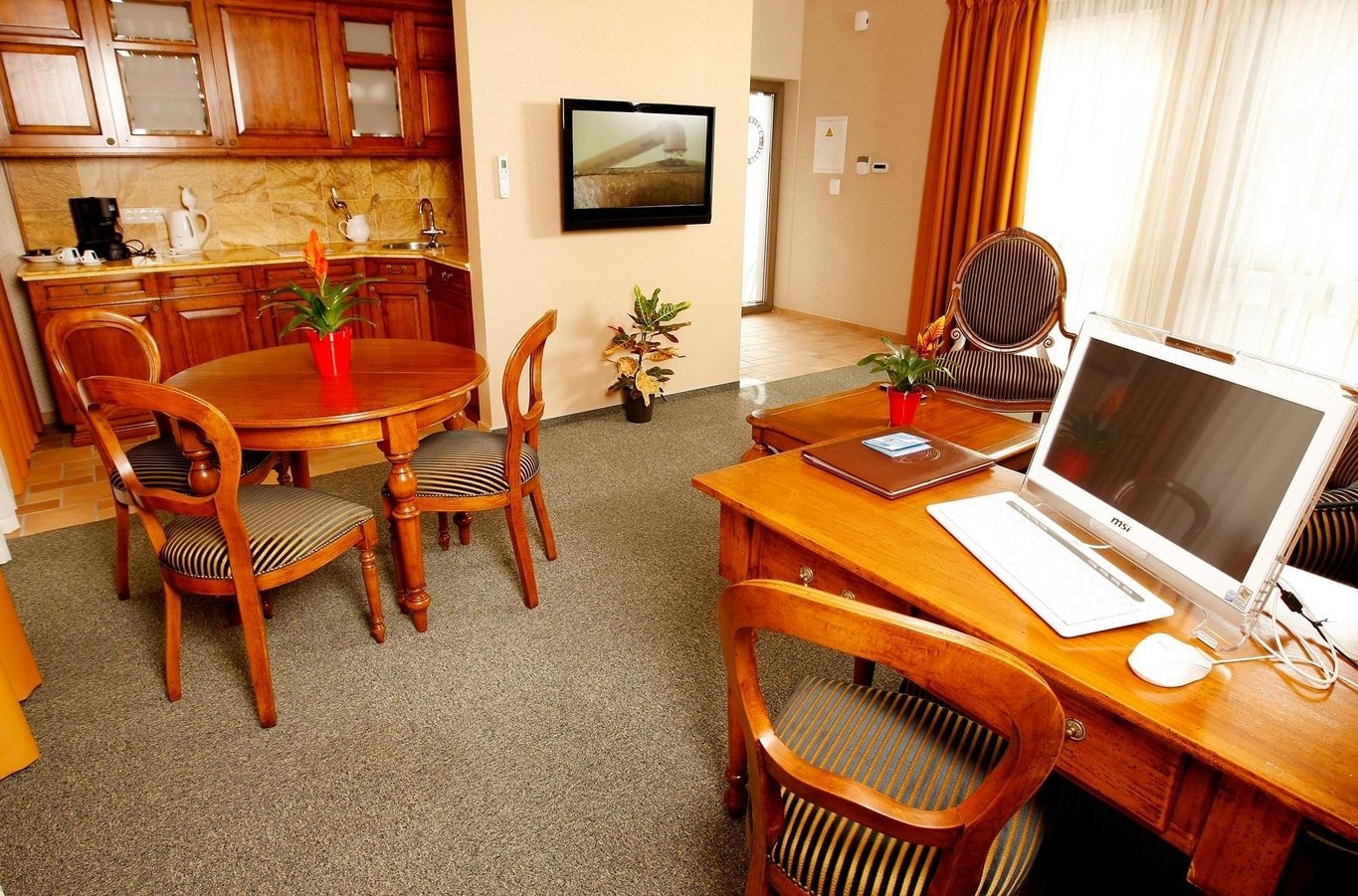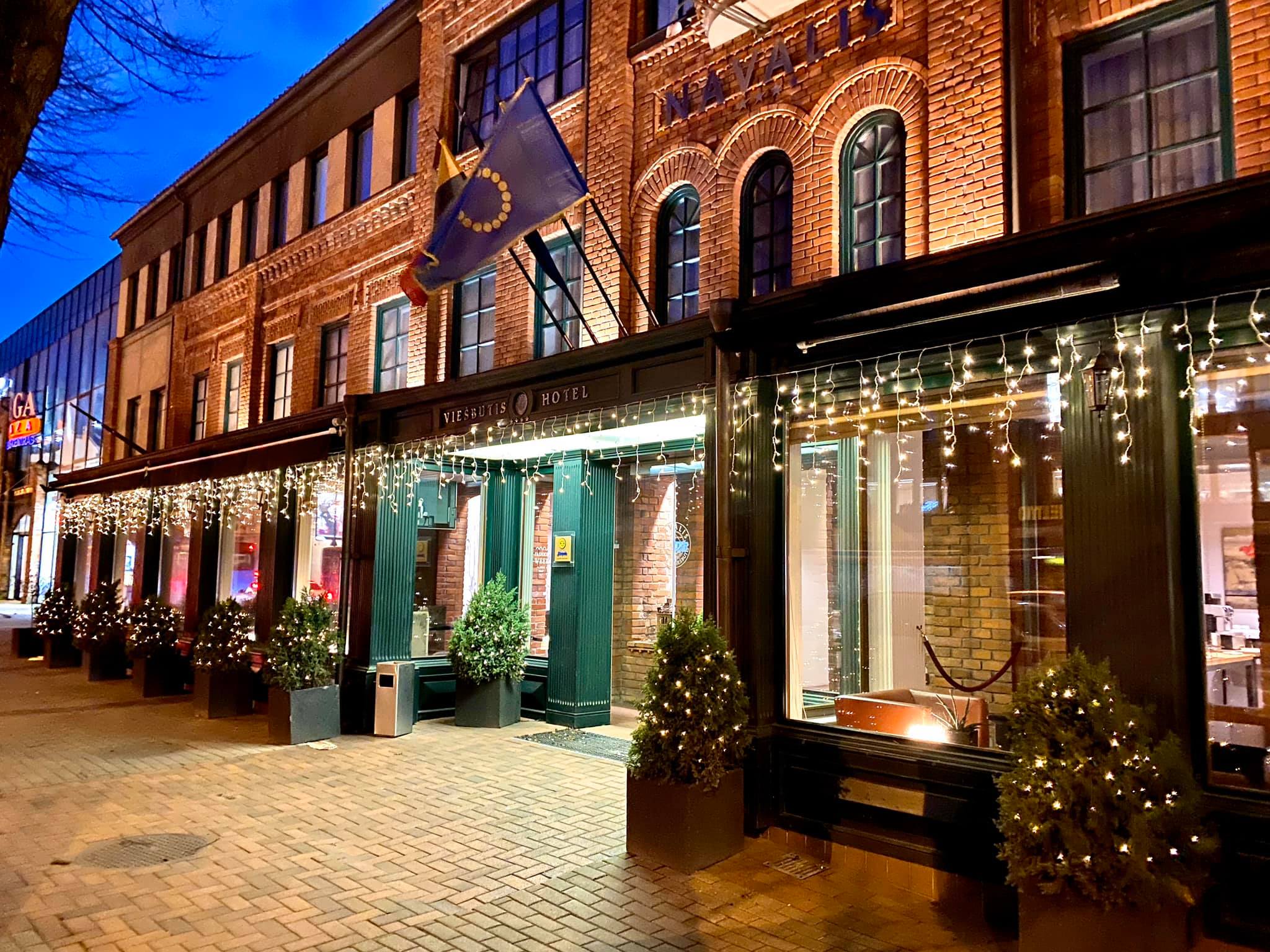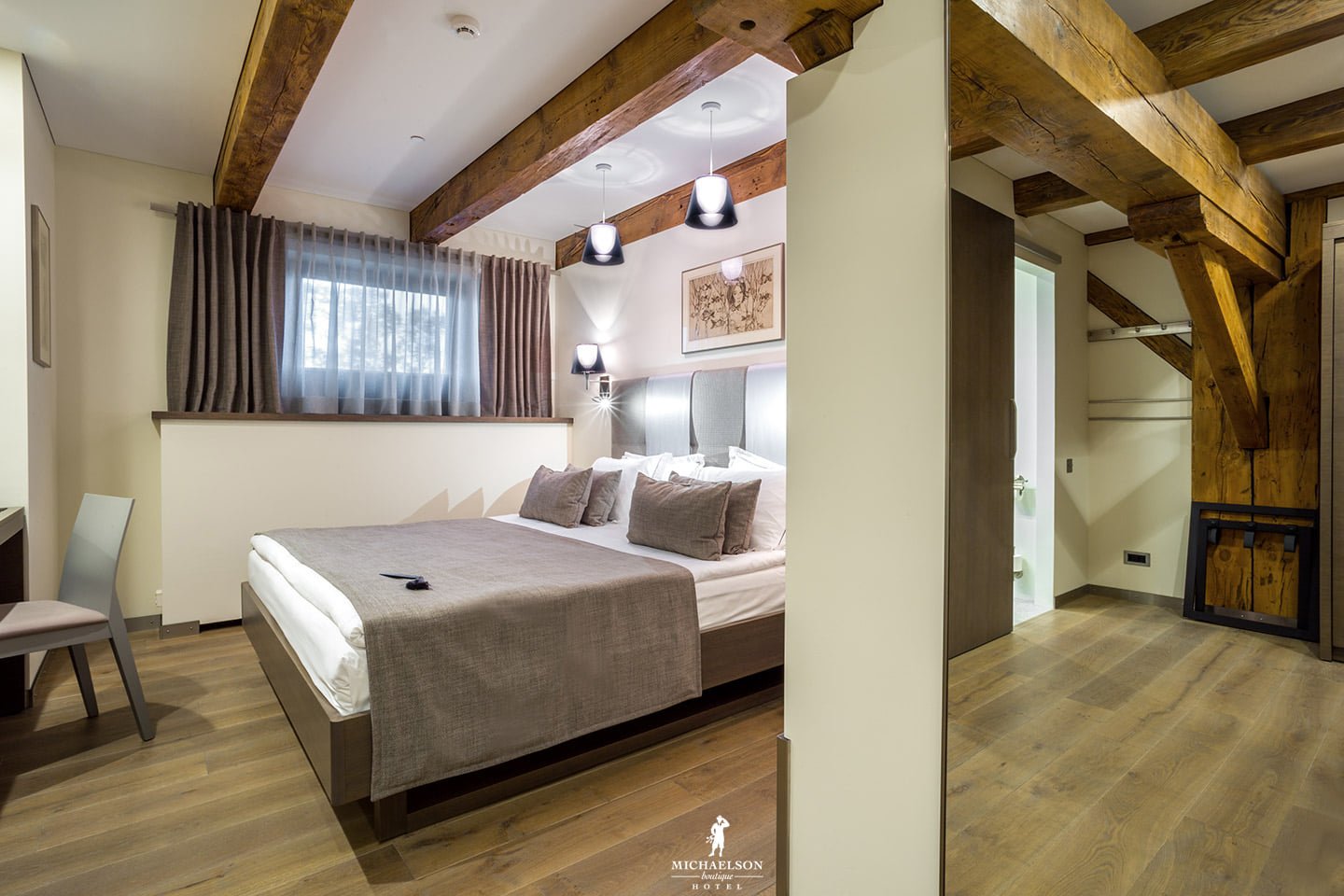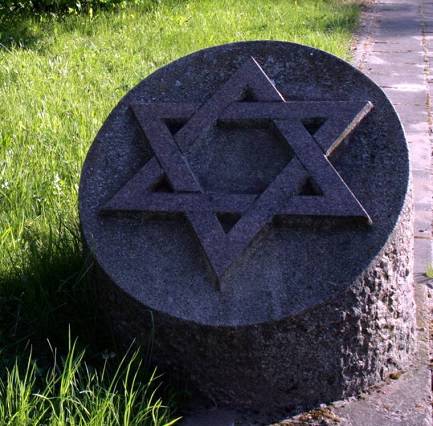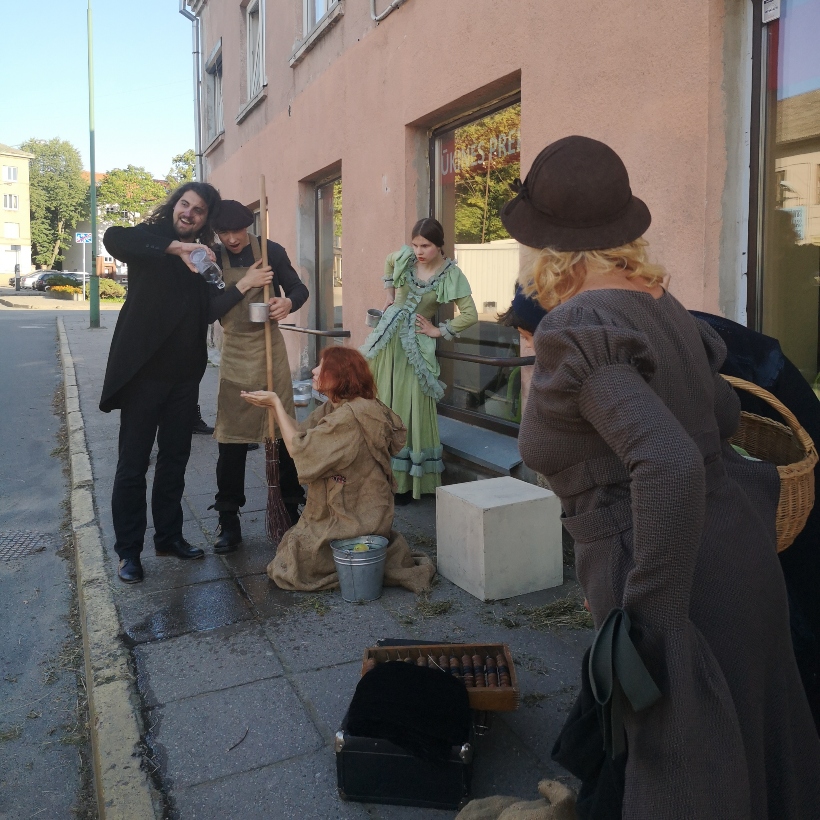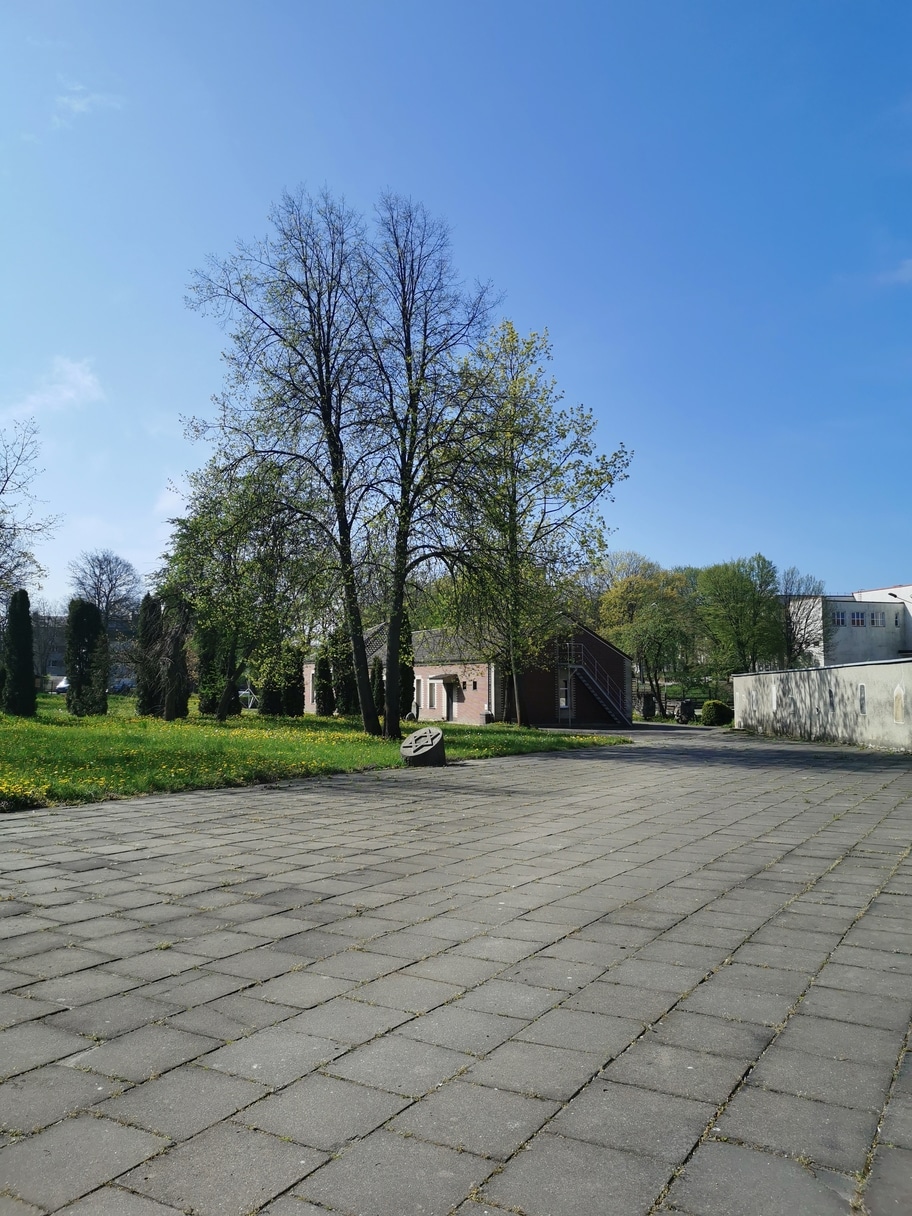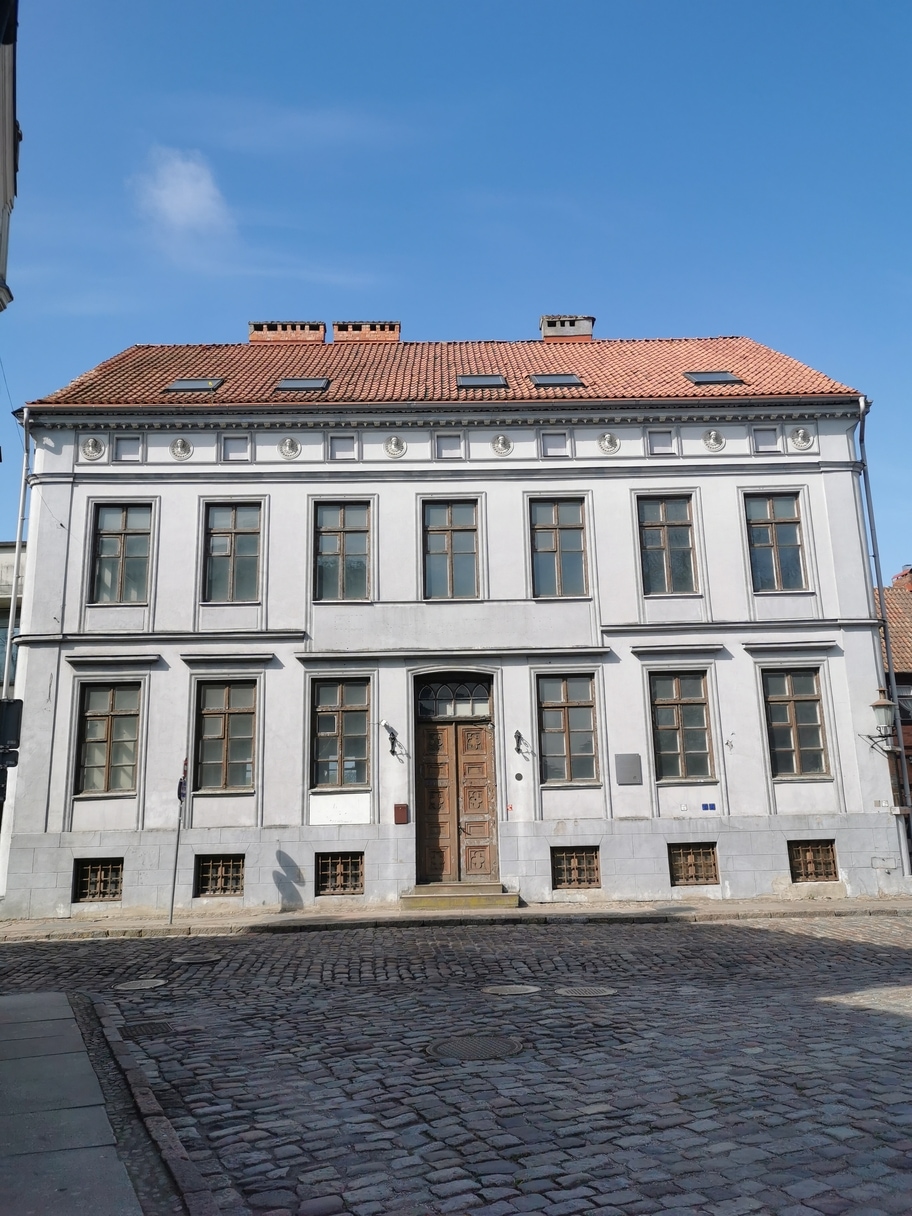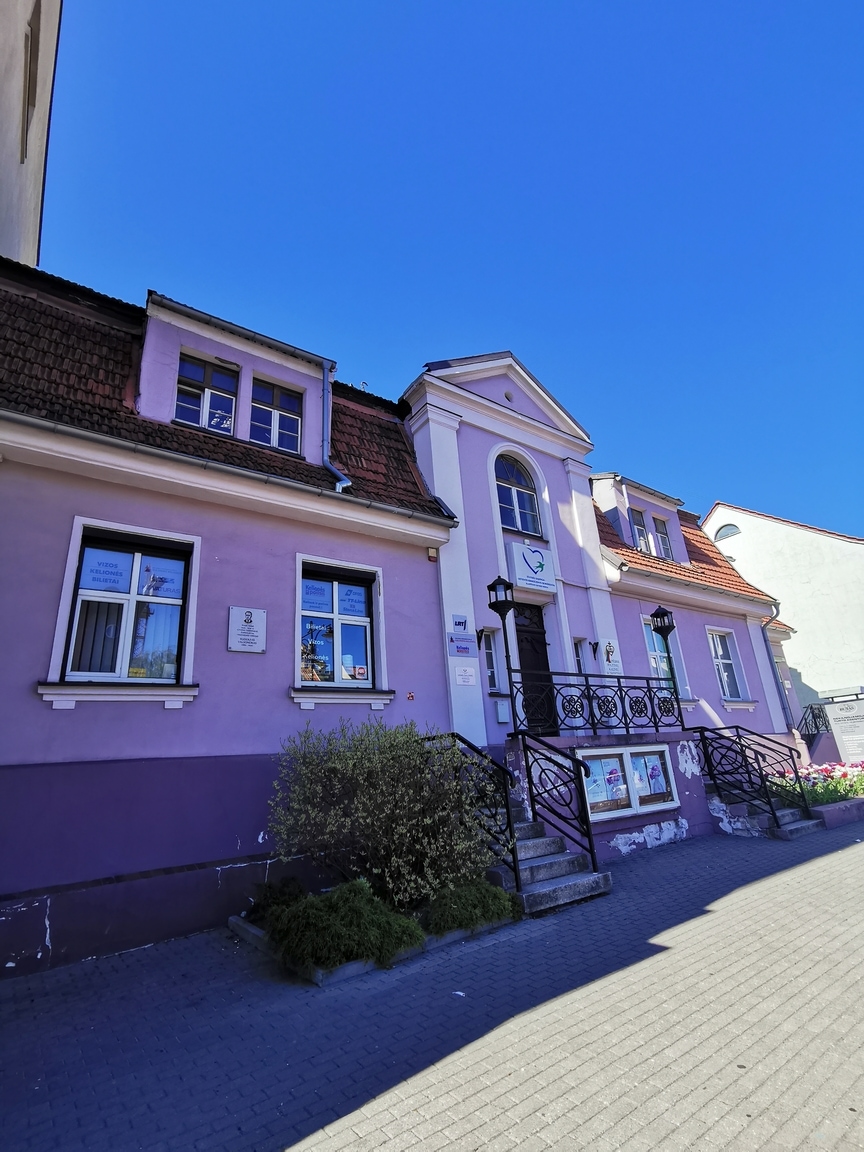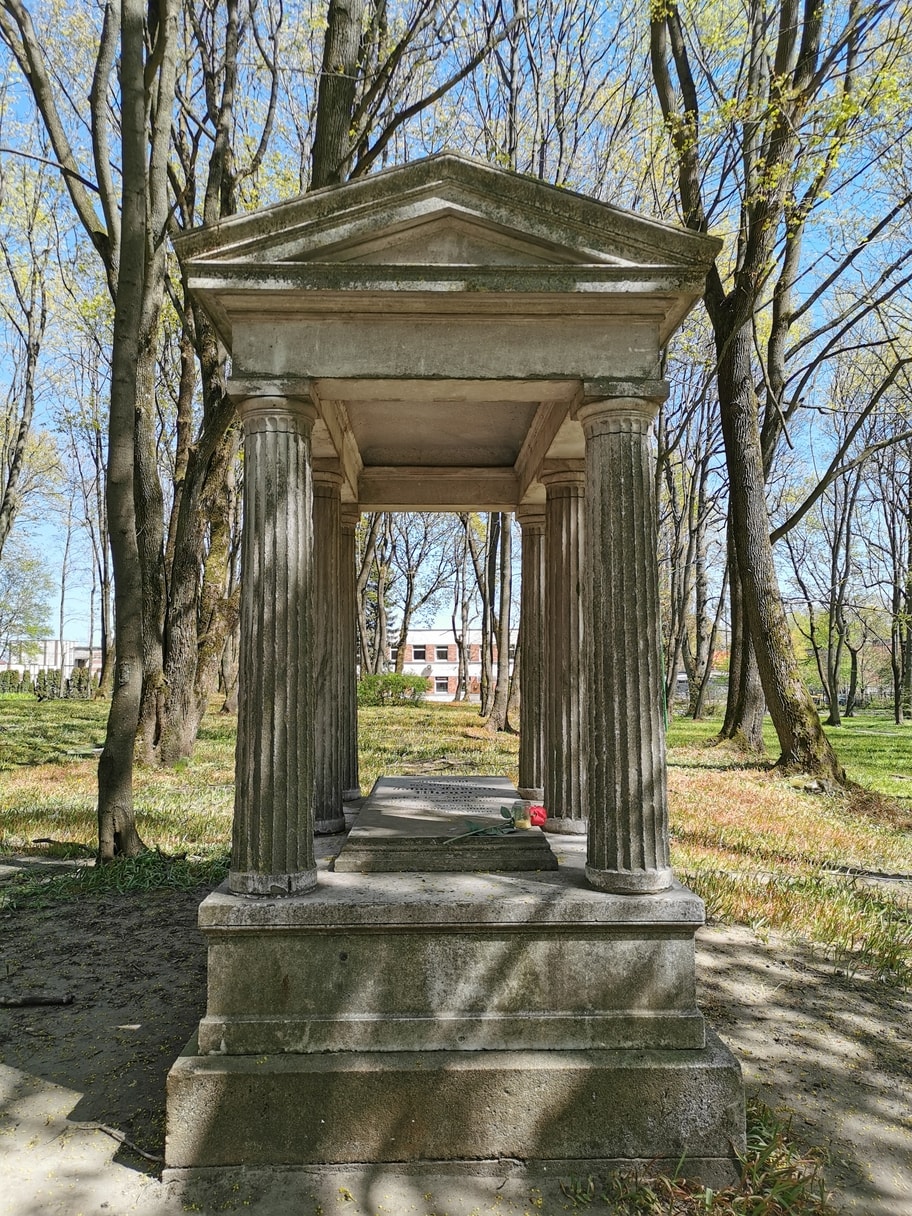Klaipėda is the oldest city in Lithuania founded in 1252 when the Livonian Order built Memelburg Castle in the place where the Curonian lagoon meets the Baltic Sea.
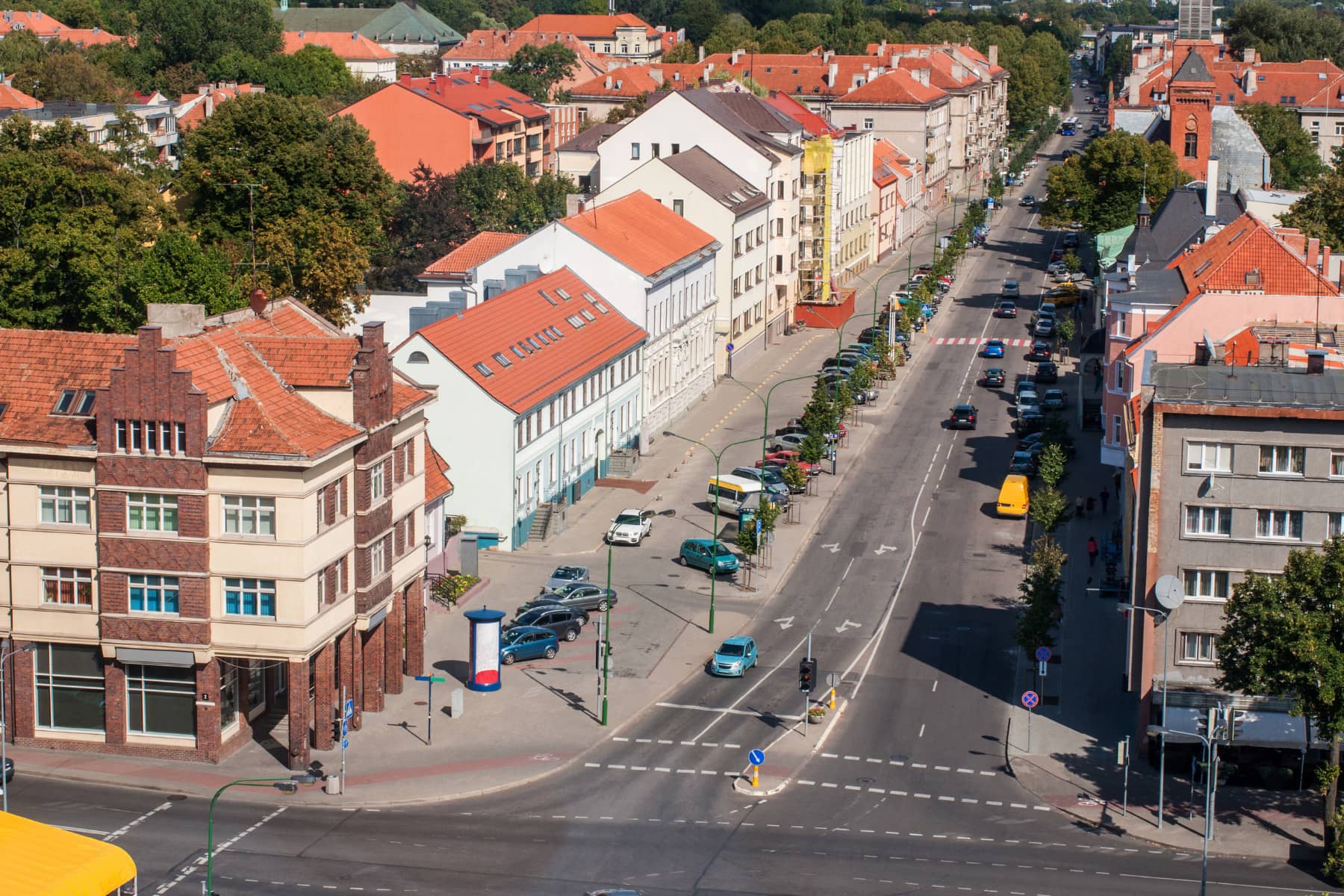
The city founders signed an agreement on the construction of both Memelburg castle and the city; the founders had a clear vision of spreading the faith and becoming an important defensive fort. They wanted well-being for the citizens and wished the city „ great happiness and salvation”. Over time, numerous chronicles narrated the attacks by foreign forces and fierce battles for the Memel castle, the main fortress of the city, which was later renamed Klaipėda.
Klaipėda is a city of water. The poetess Agnes Miegel called it „A shining water land”. Flowing through the city like a stream of life, the wind ruffled River Dangė encourages individuality and gives strength to the citizens. The Curonian Lagoon and the Baltic Sea open roads to the world. Founded by the Livonian order, Klaipėda boasts a rich history. In the 14th century, the Order transferred the city to the German Order.
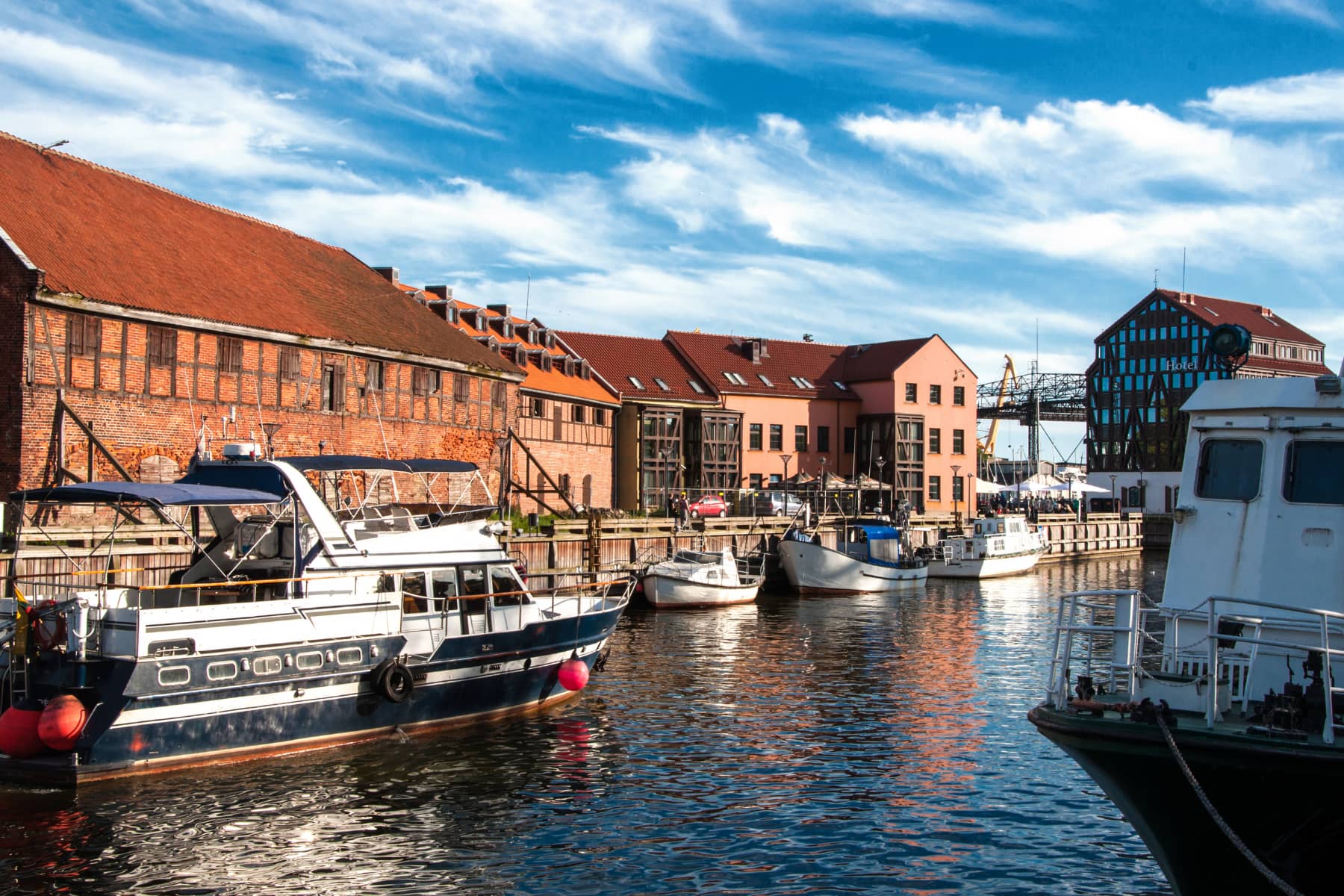
Later Klaipėda became a Prussian city and was famous as the strongest fortress of the country. During the Napoleonic period, the city became the temporary capital of Prussia; this was an exceptional period of the city’s history. In 1809, the October Edict, which abolished serfdom in Prussia, was signed in Klaipėda, and significant country reforms were initiated.
The first Jews moved to Klaipėda (Memel), a city that belonged to the Duchy of Prussia in the 15th and 16th centuries, but with only a few exceptions, they were forbidden to settle and live in the city until the early 19th century. The situation changed in 1807, when the Prussian royal family, fleeing Napoleon, temporarily settled in Memel – in the current Town Hall building. The Town Law of 1808 opened the way for all foreigners to settle in towns and cities, and the Edict of Emancipation of 1812 granted citizenship, the right to set up businesses, crafts, and freedom of movement to all Jews living in Prussia. During the 19th century, the number of Jews in Klaipėda grew tenfold and in 1875 it reached 1040 persons. In 1939, about 7 000 Jews lived in Klaipėda, which accounted for 13.7% of the city’s population. In the 19th century, educated Jews who had contributed to the city began to participate in the city’s self-government.

In 1923, Klaipėda became a part of the Republic of Lithuania. Soon afterward, however, life in the city was disrupted by World War II. In 1939 Klaipeda was annexed by the Third Reich, thus a mass migration of Jews to Lithuania began. In just a month there were no Jews left in the city, and the Nazis burned all the synagogues. Of the sacral buildings, only the ritual house next to the cemetery (now Žiedų skvg. 3), which was recently reconstructed into a synagogue, remained.

